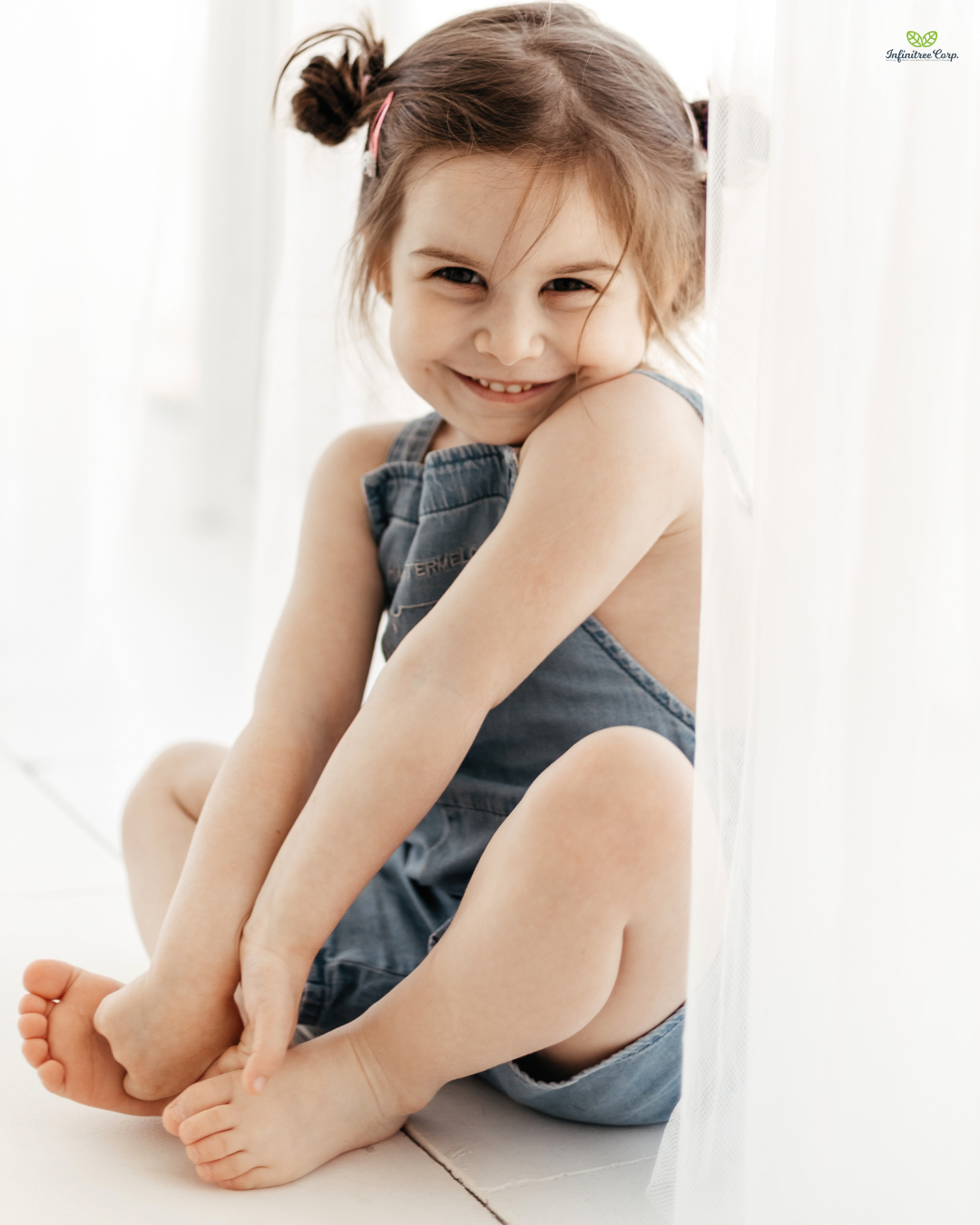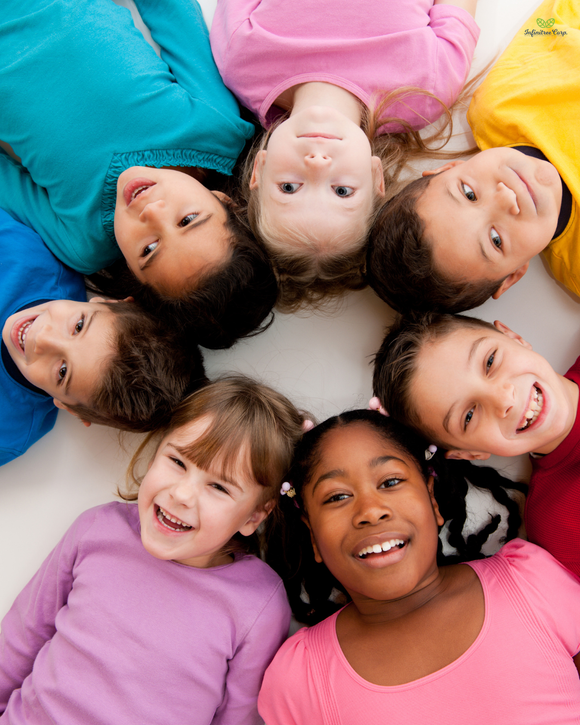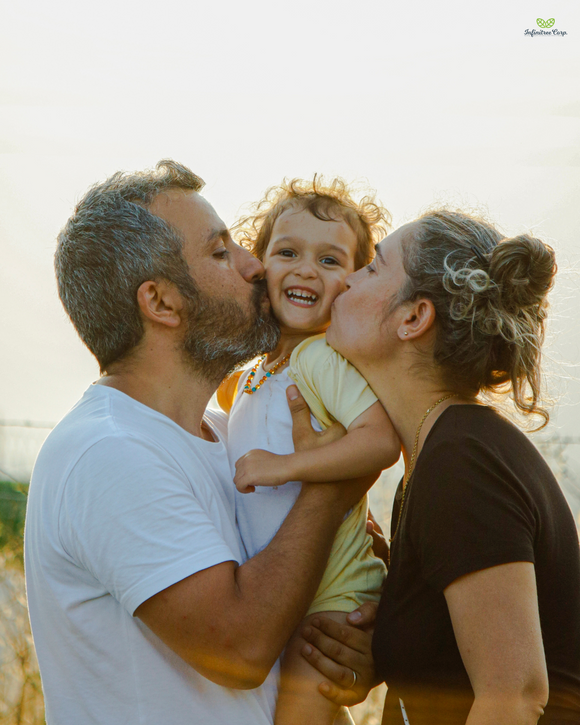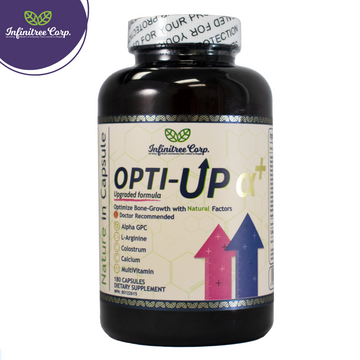
Barefoot vs. Athletic Shoes: What’s Best for Growing Feet?
InfinitreeEditor.Jo
A Backyard Experiment That Changed Everything
Last summer, I noticed my 8-year-old daughter Zoe stumbling over her own feet during backyard tag. She’d been wearing her favorite sneakers nonstop—even indoors. One day, I dared her to play barefoot on the lawn. Within minutes, she was darting in and out of imaginary “safe zones” with newfound balance and speed. Over the next few weeks, she complained less of tired feet, and her coach even remarked on her improved agility at soccer practice. That backyard experiment got me asking: Is barefoot play actually better for growing feet than constant athletic shoe use?
The Problem: Confusion Over Footwear for Kids
Parents today face conflicting advice: some experts champion barefoot time for foot strength and proprioception, while athletic-shoe brands emphasize arch support and cushioning to prevent injury. With children’s bones and arches still developing, choosing the wrong option—or relying on one exclusively—could lead to:
-
Weak foot muscles and poor balance
-
Flattened arches or overpronation
-
Increased injury risk during sports
-
Discomfort that discourages active play
How can parents strike the right balance?
The Science of Growing Feet
👣 1. Foot Anatomy & Development
Children’s feet start flat and flexible. Over time, the arch forms through muscle and ligament strengthening. If feet are always confined in rigid shoes, key structures may not develop optimally.
🧠 2. Proprioception & Balance
Barefoot play stimulates mechanoreceptors in the soles, improving body awareness and dynamic balance—essential for coordinated growth and injury prevention.
🦵 3. Impact & Loading
Ground reaction forces travel up the legs and spine. Athletic shoes with cushioning can dampen natural loading, potentially reducing bone-strengthening stimuli. Conversely, very hard or unsupportive surfaces barefoot can overstress immature bones.
Pros & Cons: Barefoot vs. Athletic Shoes
| Feature | Barefoot Benefits | Athletic Shoe Benefits |
|---|---|---|
| Muscle Strength | Builds intrinsic foot muscles | May underuse small stabilizers |
| Arch Development | Encourages natural arch formation | Provides arch support if needed |
| Proprioception & Balance | Enhances sensory feedback | Can dull ground feel, but stabilizes |
| Injury Prevention | Improves technique, reduces falls | Cushions impact, shields sharp objects |
| Comfort & Support | Free movement, cool in summer | Consistent fit, weather protection |
The Best of Both Worlds: A Hybrid Approach
You don’t need to choose exclusively. For growing feet, mix:
-
Barefoot Time
• Daily at home (on grass, sand, or safe indoor mats)
• Encourages foot strength, arch formation, and balance -
Athletic Shoe Time
• During sports, running, or on hard surfaces
• Choose lightweight, flexible shoes with removable insoles and moderate cushioning
This hybrid routine maximizes foot muscle development while protecting growth plates from excessive stress.
How to Incorporate Barefoot & Shoe Practices
✅ 1. Safe Barefoot Zones
Create indoor/outdoor areas free of hazards:
-
Smooth grass patches
-
Clean hardwood or foam-mat floors
-
Sand or water play zones
✅ 2. Select Growth-Friendly Shoes
Look for:
-
Flexible sole that bends at the ball of the foot
-
Wide toe box to allow natural toe splay
-
Removable insole so you can test barefoot comfort
-
Lightweight design (avoid heavy, overly cushioned models)
✅ 3. Gradual Transition
If your child is used to shoes all day:
-
Start with 10–15 minutes barefoot sessions.
-
Increase by 5 minutes each day.
-
Encourage barefoot “breaks” during homework or play.
Daily Foot Care & Strengthening
Pair barefoot/shoe balance with simple foot exercises:
-
Toe Curls: Pick up marbles with toes.
-
Heel Raises: Standing on a step, rise onto toes and lower slowly.
-
Foot Roll: Massage soles with a rolling pin or golf ball.
-
Balance Drills: Stand on one foot, then the other, progressing to eyes-closed.
Strong, flexible feet support healthy posture and growth.
Supporting Growth Internally
External foot practices help mechanics, but biological growth needs proper nutrition and recovery. That’s where Opti-Up Alpha Plus fits in:
-
L-Arginine to naturally stimulate growth hormone
-
Hydrolyzed Collagen for joint and ligament support
-
Calcium & Vitamin D for bone mineralization
-
Zinc & B Vitamins for metabolism and healthy tissue growth
💡 Tip: Encourage your child to take one capsule with breakfast or a post-play smoothie to fuel developing feet and growing bodies.
Sample “Foot-Friendly” Weekly Routine
| Day | Barefoot Time | Shoe Time (Sports/Outings) | Foot Exercise |
|---|---|---|---|
| Monday | 20 min indoor mats | Soccer practice (shoes) | Toe curls (2×10) |
| Tuesday | 15 min backyard | Bike ride (shoes) | Heel raises (3×12) |
| Wednesday | 25 min sand play | PE class (shoes) | Foot roll (2 min) |
| Thursday | 20 min living room | Swim (barefoot + aqua shoes) | Balance drill (1 min/leg) |
| Friday | 15 min yoga mat | Family hike (shoes) | Yoga “Tree Pose” (2×30s/leg) |
| Weekend | Mixed barefoot + shoes | Weekend sports | Any two exercises of choice |
Conclusion & CTA: Strong Feet, Strong Foundation
Growing feet are the foundation of a healthy, active child. By blending barefoot play with smart athletic shoe use—and supporting growth nutritionally with Opti-Up Alpha Plus—you give your child the best possible start in posture, balance, and confident movement.
Encourage a little barefoot time today, choose flexible, supportive shoes for sports, and watch your child stand taller—both in posture and in spirit.
Disclaimer: This article is for informational purposes only and does not replace medical advice. Please consult your pediatrician or podiatrist before making changes to your child’s footwear or supplement routine.




